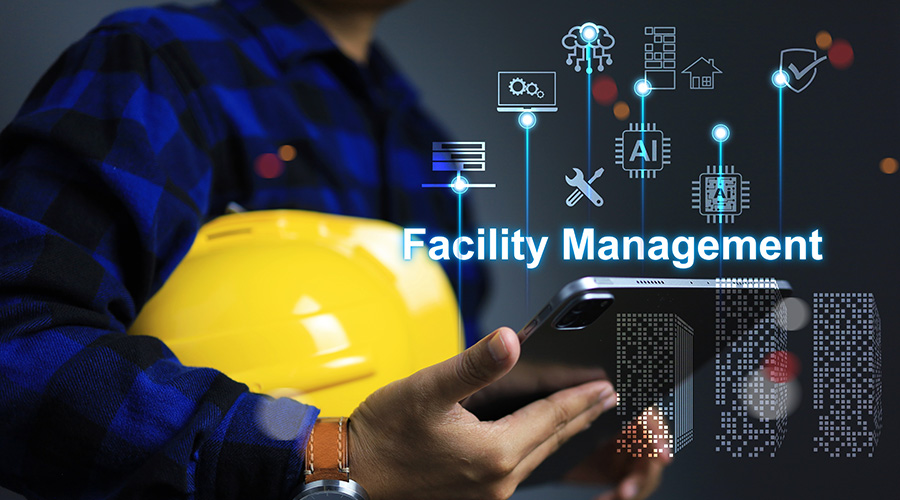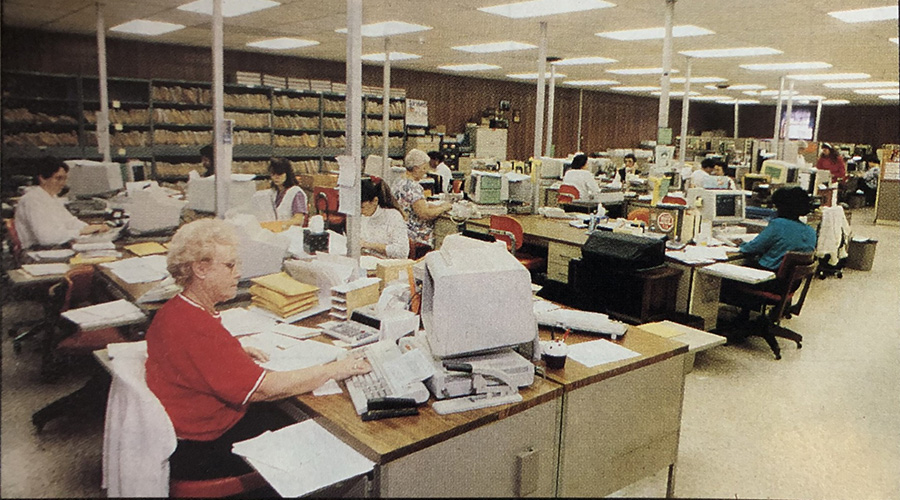How a Career in Fire Safety Consulting Transformed to Facilities Management
Once Frank Rudilosso entered the workforce as a fire protection and life safety consultant, it did not take long before he, too, transitioned to working in healthcare.
By Dan Hounsell, Senior Editor
Frank Rudilosso’s dad worked in medical gas service and testing in healthcare. Once Rudilosso entered the workforce as a fire protection and life safety consultant, it did not take long before he, too, transitioned to working in healthcare.
Facilities Maintenance Decisions: What career did you plan to pursue when you graduated high school?
Frank Rudilosso: I did not have a plan when I graduated high school. My dad worked for years in healthcare doing medical gas service and testing. I started out sweeping floors and cleaning and bagging fittings, and I was an installer helper and did accounts payable during summers while in high school.
While attending community college, I worked for a firestopping specialty contractor and a life safety consulting firm in hospitals, but I was unsure of what I wanted for a career. Before graduating from community college, I had been introduced to the fire protection engineering program at the University of Maryland.
When I graduated from Maryland with a bachelor’s degree in fire protection engineering, I went into fire protection engineering consulting. I planned to continue my career in fire protection engineering and thought I would be at my company for a long time.
FMD: What was your first facilities-related job?
Rudilosso: During my time as a fire protection and life safety consultant working as a consultant doing surveys at NewYork-Presbyterian hospital, I learned of a new fire safety department that was being created. They were looking to hire a fire safety manager and fire safety engineer, which piqued my interest.
After interviewing for the position and being offered the manager fire safety position, I took a risk and went to the owner side. I was hired into the facilities department as the manager fire safety responsible for fire safety training and drills, life safety drawing reviews and the interim life safety measures program supporting the facilities maintenance teams.
FMD: What has surprised you most about facilities maintenance, engineering and management?
Rudilosso: Facilities management encompasses different aspects of maintenance, operations and engineering and can be unexpected at times. There is so much to learn and so many skills to be developed, and every day brings something new. There is a lot of work that is done daily by facilities maintenance staff that may not always get recognized.
Simple tasks can go a long way in making a facility safe for the patients, families and staff. Dealing with some form of an emergency, issue or unexpected task can be a daily event for facilities teams while continuing to perform routine maintenance and always maintaining compliance.
FMD: What accomplishments are you proudest of in your career?
Rudilosso: I am proud to be in the position I am in, reflecting on how I started out in the fire protection engineering consulting field and that I have been able to leverage my experience in each of my previous roles to be best suited for my current position as senior director facilities operations maintenance programs responsible for planning and scheduling, dispatch, facilities compliance and program oversight for water management, medical gas, plumbing systems and training.
I have had the privilege of working for NewYork-Presbyterian for over 13 years in many leadership roles in fire safety, life safety and facilities operations, consistently learning from leaders and teams, both direct reports and cross-functional teams about how to be an effective and confident leader.
I am specifically proud to have led an incredible team of facilities regulatory compliance coordinators who oversee and manage the inspection, testing and maintenance documentation required during the triennial survey to two consecutive Joint Commission accreditation surveys with zero document review findings. The collaboration between the facilities operations team and the facilities regulatory compliance coordinators during the surveys was remarkable.
I am also proud to have been able to take all the knowledge I have learned and share this by presenting at numerous conferences, and I’m proud to have authored or co-authored multiple articles pertaining to regulatory readiness, facilities operational excellence and fire and life safety as it relates to healthcare facilities and to have contributed as a co-author to a book, Developing Code-Compliant Integrated Fire Protection and Life Safety Inspection, Testing and Maintenance Programs, that was published by the American Society for Health Care Engineering.
FMD: What advice would you give to someone entering facilities management now?
Rudilosso: Build relationships, build your network, and build your brand. So much in facilities can be about leveraging your network to help with challenges you face. Be proactive about making connections and fostering relationships.
Your personal brand is how others perceive you, and people want to work with those people who they feel a connection to. It’s a great feeling to walk into a room where people are excited you are there.
Continue to learn and improve every day. Join a national or local facilities engineering and management organization to learn about the industry and connect with other leaders.
Balance your work life and family life, and do your best to separate the two.
Dan Hounsell is senior editor for the facilities market. He has more than 30 years of experience writing about facilities maintenance, engineering and management.
Related Topics:












